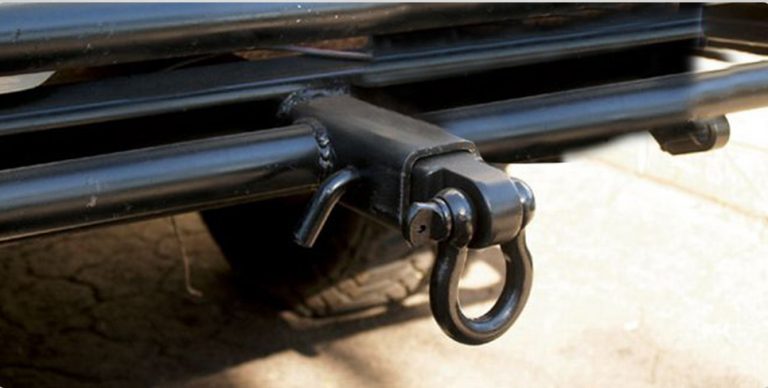Shackles come in various sizes and configurations, and understanding their critical dimensions is crucial for selecting the right shackle for your specific application.If the size of the shackle we choose is unsuitable, it will affect the connection and use. Now let’s look at some of the critical dimensions that affect the link. The following are some of the critical dimensions to consider when measuring shackles:
- Pin Diameter (Dp):The pin diameter is one of the most critical dimensions of a shackle. It determines the strength and load capacity of the shackle. Measure it accurately using a caliper or ruler, taking the widest part of the pin into account.
- Inside Width (W):The inside width is the distance between the inner edges of the shackle legs, excluding the pin. This dimension is essential for determining compatibility with other rigging equipment, such as hooks, slings, or cables.
- Bow Diameter (for Bow Shackles) (Db):In the case of bow shackles, the bow diameter is the measurement across the widest part of the bow or the rounded portion. It plays a role in determining the space available for attachment and can affect the shackle’s capacity to accommodate oversized loads.
- Body Width (for D-Shackles) (Dw):D-Shackles have a straight body width measurement, which is the distance across the widest part of the shackle body. This measurement is important for understanding the space available for connecting hardware.
- Throat Opening (T):The throat opening is the space between the inside edges of the shackle legs. It is a critical dimension when selecting shackles for applications where they need to be connected to other components or where items are threaded through the shackle.
- Eye Diameter (for Anchor Shackles):In anchor shackles, the eye diameter is the distance across the rounded eye at the top of the shackle. This dimension is vital when the shackle is used for connecting to anchor points, hooks, or other rigging hardware.
- Working Load Limit (WLL):The Working Load Limit (WLL) is not a physical dimension but a critical specification that indicates the maximum load the shackle can safely handle. It is typically marked on the shackle and should never be exceeded. The WLL is influenced by the shackle’s material, size, and design.
- Material and Grade:While not a physical dimension, knowing the material and grade of the shackle is essential. Shackles can be made of materials such as stainless steel, alloy steel, or carbon steel. The grade indicates the shackle’s strength and durability. Higher-grade shackles are suitable for heavy-duty applications.
- Weight:The weight of the shackle can be significant, especially in applications where weight restrictions apply. Measuring the weight of the shackle provides valuable information for transport and handling.
- Shackle Type:Identify whether you are dealing with a bow shackle or a D-shackle, as each type has specific applications and dimensions.
Always consult the manufacturer’s specifications and guidelines to ensure you have accurate information about the critical dimensions of the shackle you are using. Additionally, regular inspection and maintenance of shackles are vital to ensure safety and prolong their lifespan.
If you want to know more information of critical dimensions, feel free to contact Sail Rigging.





